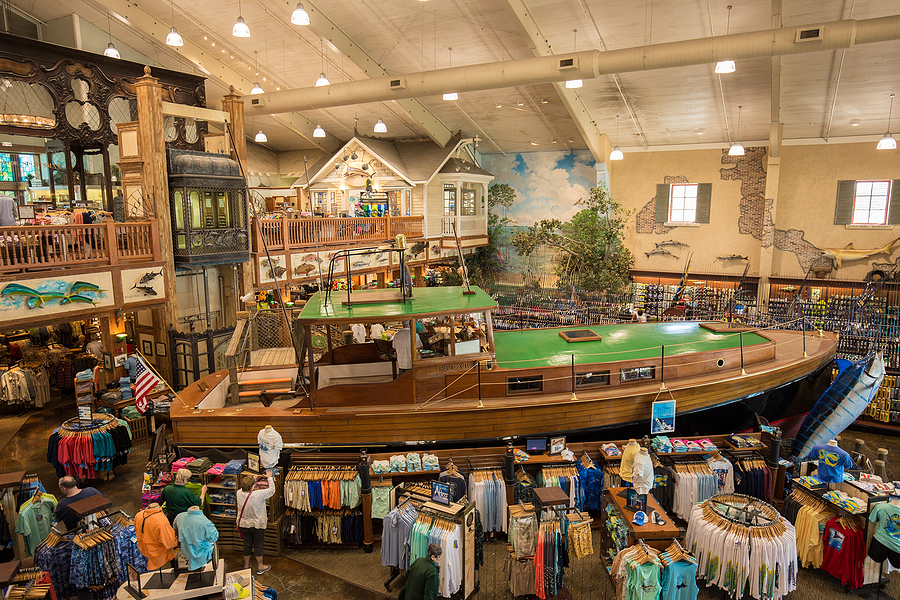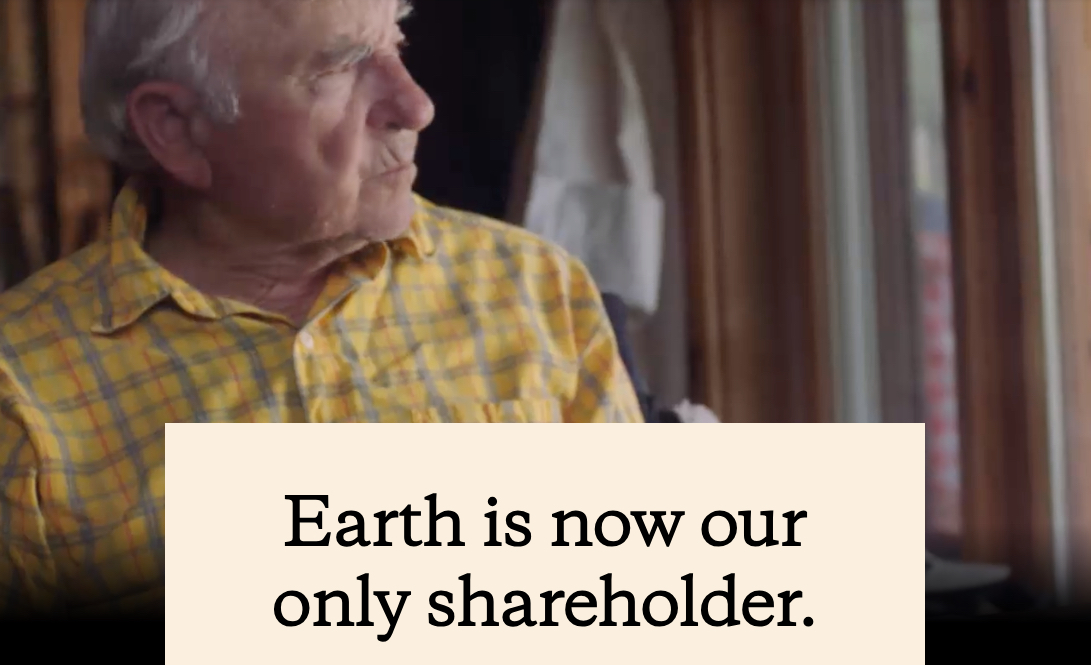
The Cinematic Secret to Effective Brand Communication
August 7th, 2024 Posted by Emergent Brand differentiation, brand marketing, brand messaging, Brand Soul, Differentiation, Emotional relevance, storytelling 0 comments on “The Cinematic Secret to Effective Brand Communication”Who is the hero of your brand story?
If you want to witness great storytelling designed with skill to be engaging, immersive and occasionally transformational, go to the movies. Yet 90 percent of the time, storytelling in the brand communication world fails to engage, move or influence its intended audience because construction of the outreach is upside down.
- There’s a simple formula in here to help improve the effectiveness of brand comms just about 100% of the time. It follows simple rules that great movie screenplays serve up with exceptional skill. But you don’t have to be a famous screenwriter to do this.
Granted words are meaningful and a deft hand at casting a narrative will matter in helping convey a message with stickiness and impact. That said the principles governing the ability to connect and engage are there for anyone to employ.
Here’s the fundamental insight that most brands fail to grasp:
- The hero of your story isn’t your brand or product.
- The hero is your customer — their wants, desires, aspirations, needs and concerns.
The role of your brand in powerful communication is a character that shows up often in the best movies: the guide, coach and enabler who supports the hero on their journey, and who selflessly helps the main character overcome adversity to improve and ultimately succeed.
The customer is James Bond and the brand is Q
The customer is Luke Skywalker and the brand is Yoda
The customer is Frodo and the brand is Gandolph
The customer is the hero of your story for the very simple reason that each and every day your user wakes up believing they are the hero of their own life journey. They have needs. They make mistakes. They suffer. They improve. They learn. They ultimately win. Their character coach in the form of Q or Yoda provides guidance and tools that help them prevail.
- When the brand is focused on self-promotion and talks endlessly about product features and benefits, the communication is automatically embedded with a disconnect. For the very reason the brand is now competing with the customer for the hero role.
What happens: the customer walks right on by, tuning out the story while continuing to look for the brand that will help guide, improve, enhance and enable their own growth and fulfillment. For many in brand marketing this will appear counter-intuitive because they’ve been trained to believe that marketing is about selling product features and benefits.
Moviemakers know the one thing, the great insight, that will powerfully engage audiences they want to attract. Here it is: the person viewing their story is a human being and not a fact-based, analytical decision making machine.
We humans are feeling creatures who think and not thinking creatures who feel. Moviegoers put themselves in the hero’s shoes. They identify with the struggle, the challenges, the setbacks and the desire to learn and improve. Over the course of the movie, the main character overcomes barriers and eventually wins. We drink in the thrill of the victory at the end, embracing the journey with all of its harrowing conflict, usually doled about by a recognizable villain. Meanwhile the Yoda character dispenses counsel to evolve and improve.
This is the core essence of impactful storytelling.
Here is the recipe in sum:
Stop talking about yourself.
Embrace the humanity in front of you.
Recognize the power of emotion.
Be the guide and enabler.
Focus your narrative on the customer as hero.
Their lives. Their needs. Their struggles. Their desires.
Show them the way.
Help them win.
Care about their success.
Your brand communication will move from flying over the top of acceptance and into the center of seen, heard and appreciated. Some brands do this better than others to be sure.
The Nike of 2012 got it right in their pool of stories entitled Find Your Greatness. The soulful vignettes recounted the stories of people who faced various obstacles and challenges in their lives, and how they overcame those limitations. Was the communication focused on shoes, designs, product features or trendy fashion? NO. The heroes were real people struggling to grow and improve.
Are you seeing it?
The heartwarming stories draw us in so We-Pay-Attention.
Most important it makes us feel something. In that moment, the brand is connecting with the heart and soul of its customer. Now we’re getting somewhere. Now we’re witnessing engagement and results. In the end, your brand’s deeper meaning, purpose and thus ability to secure a base of committed enthusiasts and believers — runs in correlation and proportion to your focus on them and their journey.
Boom!!
It’s how people feel in the presence of your brand that ultimately tips the scale on the path to purchase. All of the facts and rationale for your better mousetrap will come into play post-purchase to satisfy our reflexive need for confirmation — evidence we made the right decision.
If you apply these principles to your brand communication, it will be transformational on the path to engagement. Your litmus test? Who you invoke as the hero of your story, and how the brand is positioned as guide and coach. There it is. The secret sauce of being seen and heard. So stop selling and start communicating.
It will take discipline and commitment to break with the past and walk from the self-promotion paradigm. Just remember how movies occasionally rivet your attention for two hours. The writers know how to craft the journey so you get invested in the outcome. You just need to work on bringing out your inner Ridley Scott and Steven Spielberg.
Scene One, Take Two!!
If you think your brand might benefit from better, more relevant storytelling, use the link below to open an informal dialogue.
Looking for more food for thought? Subscribe to the Emerging Trends Report.
Bob Wheatley is the CEO of Chicago-based Emergent, The Healthy Living Agency. Traditional brand marketing often sidesteps more human qualities that can help consumers form an emotional bond. Yet brands yearn for authentic engagement, trust and a lasting relationship with their customers. Emergent helps brands erase ineffective self-promotion and replace it with clarity, honesty and deeper meaning in their customer relationships and communication. For more information, contact [email protected] and follow on Twitter @BobWheatley.


